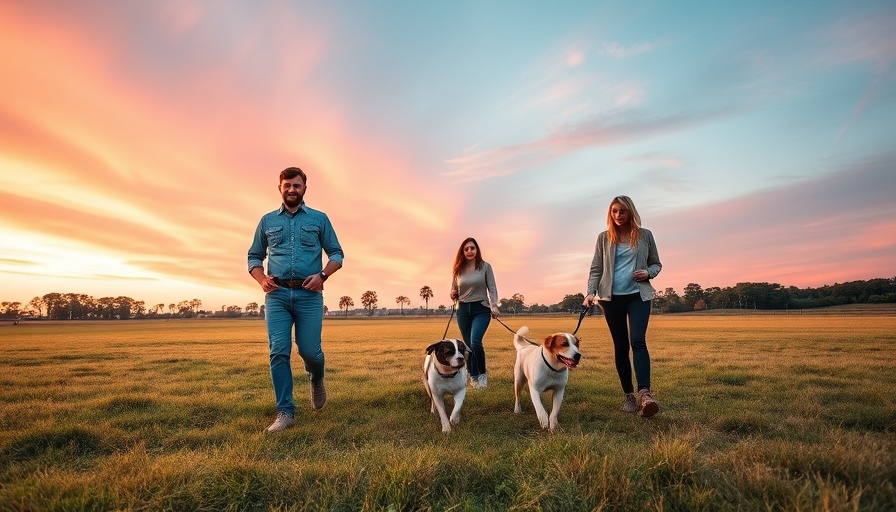
Essential Tips for Dog Park Safety
Dog parks can be a fantastic outlet for your furry friends, offering a space for them to socialize, exercise, and have fun. However, ensuring their safety and the safety of others is paramount. Both experienced and novice dog owners can benefit from understanding critical dog park etiquette and guidelines to create a positive experience.
Why Supervision Matters
Always supervise your dog actively during their playtime. It’s crucial to intervene if you notice any signs of aggressive behavior or anxiety. Understanding dog body language can equip you with the knowledge to address potential conflicts before they escalate. Remember, being proactive rather than reactive will lead to a more enjoyable experience for both you and your dog.
The Importance of Basic Commands
Teaching your dog basic commands such as "come," "sit," and "stay" can significantly enhance safety at the dog park. These commands allow you to maintain control over your dog in unpredictable situations. Incorporating recurrent training sessions with positive reinforcement will help your dog associate fun with obeying commands. This discipline is especially beneficial in chaotic environments where distractions abound.
Choosing the Right Dog Park
Not all dog parks are created equal. Before heading out, consider parks that feature proper fencing, double entrances, and designated areas for different dog sizes. Parks with clear rules and maintained spaces tend to offer safer experiences. Always check the area for escape routes and ensure the park is suitable for your dog’s size and temperament.
Be Mindful of Other Dogs
To minimize risks, avoid mixing big and small dogs at the park. Size disparities can lead to dangerous play behavior, often with unintended consequences. For those with smaller breeds, seek parks with sections designated for smaller canines. This separation helps ensure that every dog can enjoy themselves without stress.
Health Checks Are Crucial
Before visiting the dog park, ensure your dog is healthy. Taking ill dogs—even mildly unwell—to the park can spread illness to others. Be sure vaccinations are current to protect against diseases, particularly for younger or newly adopted pets. A simple health check could prevent many problems and ensure your dog has a fun and safe outing.
Picking Up After Your Dog
Responsible pet ownership means picking up after your dog at the park. Not only is it courteous, but it also helps maintain a clean and safe environment for every dog and owner present. Bring extra poop bags to help fellow dog owners and keep your park clean. Remember, a clean park encourages more visits from the community!
Actionable Insights for Pet Owners
Pet owners should consider visiting during off-peak hours for a more relaxed atmosphere. With fewer dogs present, it is easier to maintain control and observe body language. It also allows both you and your pet to gradually acclimatize to the new environment, especially if it’s their first time in a dog park.
How To Handle Dog Fights
Despite your best preparations, fights can happen. If your dog gets involved in a scuffle, don’t physically intervene. Instead, use loud noises or distractions, like clapping or an air horn, to interrupt the tension. Knowing how to diffuse these situations safely is a vital skill for any dog owner.
Conclusion: Enhancing Your Dog Park Experience
Dog parks can thrive as enriching environments for dogs and their owners, but it requires every participant to play their part in safety. By adhering to guidelines, remaining vigilant, and preparing for emergencies, pet owners will foster safe, positive interactions at these social hubs. If you found these tips helpful, consider sharing them with fellow dog enthusiasts!
 Add Row
Add Row  Add
Add 


Write A Comment